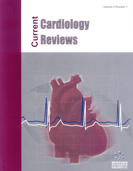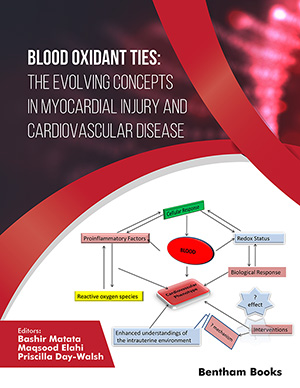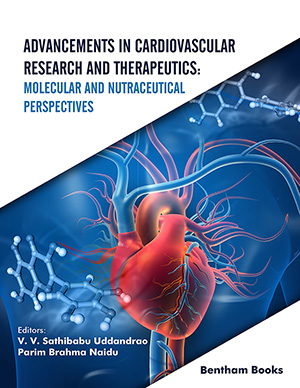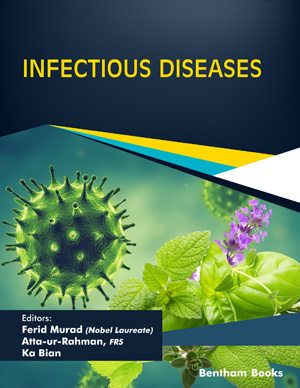Abstract
Background: Cardiovascular disease (CVD) remains a leading cause of morbidity and mortality worldwide. Polypills, containing various combinations of medications for primary and secondary CVD prevention, have been developed to enhance medication adherence and reduce the healthcare burden of CVD. However, their effectiveness compared to usual care remains uncertain.
Objective: This meta-analysis aimed to evaluate the effects of polypills on cardiovascular risk factors, major adverse cardiovascular events (MACE), and medication adherence.
Methods: We conducted a comprehensive search for large-scale randomized controlled trials and observational studies comparing the effects of polypills versus usual care on CVD risk factors and events. Outcomes included changes in systolic and diastolic blood pressure (SBP, DBP), lipid profiles, occurrence of MACE, and medication adherence.
Results: The use of polypills led to a statistically significant yet clinically modest reduction in SBP (mean difference -1.47 mmHg, 95% CI: -2.50 to -0.44, p<0.01) and DBP (mean difference- 1.10 mmHg, 95% CI: -1.68 to -0.51, p< 0.01) compared to usual care. Polypills also showed a significant reduction in the risk of MACE (RR: 0.86, 95% CI: 0.77 -0.95, p<0.01). There was a non-significant reduction in LDL and HDL levels. Adherence to medication improved by up to 17% in polypill users compared to those on usual care (p < 0.01). A multivariable metaregression analysis suggested that adherence may be the underlying factor responsible for the observed effect of the polypills on blood pressure.
Conclusion: Polypills were found to significantly reduce SBP, DBP and MACE. An improvement in medication adherence was also observed among polypill users, which might be responsible for the significant reduction in SBP observed users. Future research might benefit from exploring a more personalized approach to the composition of polypills, which could reveal a more clinically significant impact of increased adherence on CVD outcomes.
Keywords: Polypill, cardiovascular, cardiovascular disease, hypertension, diastolic blood pressure, CVD risk factor.
[http://dx.doi.org/10.1016/j.jacc.2020.11.010] [PMID: 33309175]
[http://dx.doi.org/10.1161/CIRCULATIONAHA.109.873232] [PMID: 21098469]
[http://dx.doi.org/10.1016/j.pcad.2022.01.005] [PMID: 35114251]
[http://dx.doi.org/10.1136/bmj.326.7404.1419] [PMID: 12829553]
[http://dx.doi.org/10.3389/fcvm.2022.880054] [PMID: 35498049]
[http://dx.doi.org/10.1016/j.cpcardiol.2023.102061] [PMID: 37640178]
[http://dx.doi.org/10.1136/bmj.n71] [PMID: 33782057]
[http://dx.doi.org/10.1136/bmj.315.7109.629] [PMID: 9310563]
[http://dx.doi.org/10.1002/sim.1301] [PMID: 12325113]
[http://dx.doi.org/10.1177/2047487314530382] [PMID: 24676715]
[http://dx.doi.org/10.1016/j.clinthera.2018.03.010] [PMID: 29673890]
[http://dx.doi.org/10.1136/bmj.g3318] [PMID: 24868083]
[http://dx.doi.org/10.1016/j.clinthera.2019.05.007] [PMID: 31307833]
[http://dx.doi.org/10.1056/NEJMoa2028220] [PMID: 33186492]
[http://dx.doi.org/10.1016/j.ijcard.2022.05.015] [PMID: 35569611]
[http://dx.doi.org/10.1016/j.rec.2019.11.008] [PMID: 31983653]
[http://dx.doi.org/10.2147/VHRM.S7710] [PMID: 20479948]
[http://dx.doi.org/10.1111/jch.13774] [PMID: 32003938]
[http://dx.doi.org/10.1016/j.ijcard.2016.07.163] [PMID: 27522394]
[http://dx.doi.org/10.2147/DDDT.S112873] [PMID: 27574399]
[http://dx.doi.org/10.1001/jama.2013.277064] [PMID: 24002278]
[http://dx.doi.org/10.1056/NEJMoa1815359] [PMID: 31532959]
[http://dx.doi.org/10.1186/1745-6215-12-3] [PMID: 21205325]
[http://dx.doi.org/10.1177/1753944720912071] [PMID: 32186246]
[http://dx.doi.org/10.1159/000511064] [PMID: 33176324]
[http://dx.doi.org/10.1016/j.jacc.2014.08.021] [PMID: 25193393]
[http://dx.doi.org/10.1016/j.ijcard.2014.11.176] [PMID: 25528311]
[http://dx.doi.org/10.1186/s12872-022-03013-w] [PMID: 36550424]
[http://dx.doi.org/10.1056/NEJMoa2208275] [PMID: 36018037]
[http://dx.doi.org/10.1371/journal.pone.0041297] [PMID: 22815989]
[http://dx.doi.org/10.1371/journal.pone.0019857] [PMID: 21647425]
[http://dx.doi.org/10.1016/j.clinthera.2016.09.005] [PMID: 27742464]
[http://dx.doi.org/10.1111/j.1751-7176.2008.00058.x] [PMID: 19125855]
[http://dx.doi.org/10.1111/j.1742-1241.2010.02412.x] [PMID: 20653798]
[http://dx.doi.org/10.1007/s11655-010-0114-z] [PMID: 20473735]
[http://dx.doi.org/10.1161/CIRCOUTCOMES.115.001483] [PMID: 25944629]
[http://dx.doi.org/10.1097/HJR.0b013e32832b63f5] [PMID: 19407658]
[http://dx.doi.org/10.26442/00403660.2019.04.000104] [PMID: 31094482]
[http://dx.doi.org/10.1007/s40292-017-0184-5] [PMID: 28150140]
[http://dx.doi.org/10.1185/03007995.2011.590969] [PMID: 21682553]
[http://dx.doi.org/10.1016/j.ijcard.2022.04.085] [PMID: 35641323]
[http://dx.doi.org/10.1016/S0140-6736(21)01827-4] [PMID: 34469765]
[http://dx.doi.org/10.1002/14651858.CD009868.pub3] [PMID: 28263370]
[http://dx.doi.org/10.1002/14651858.CD009868.pub2] [PMID: 24737108]
[http://dx.doi.org/10.1007/s00125-021-05426-2] [PMID: 33715025]
[http://dx.doi.org/10.1016/S0140-6736(12)60367-5] [PMID: 22607822]
[http://dx.doi.org/10.1093/ije/14.1.32] [PMID: 3872850]
[http://dx.doi.org/10.1186/s12955-018-0921-z] [PMID: 29788961]
[http://dx.doi.org/10.1371/journal.pone.0052145] [PMID: 23284906]
[http://dx.doi.org/10.1016/j.cpcardiol.2023.101735] [PMID: 37044270]
[http://dx.doi.org/10.14744/AnatolJCardiol.2019.12525] [PMID: 31670712]
[http://dx.doi.org/10.1016/j.atherosclerosis.2020.12.020] [PMID: 33465658]
[http://dx.doi.org/10.33963/KP.a2021.0112] [PMID: 34599495]
[http://dx.doi.org/10.4274/balkanmedj.galenos.2023.06042023] [PMID: 37025078]




















